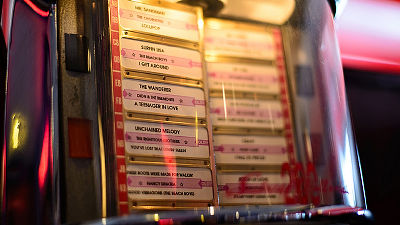Digital watermarks applied to music files are creating noise

Movies and ebooks distributed on the Internet may have electronic watermarks embedded to prevent illegal copying. Watermarks are also used in music streaming services, but Google employee
Universal's Audible Watermark | Matt Montag
https://www.mattmontag.com/music/universals-audible-watermark
In 2011, Montag discovered the phenomenon of 'strange noise being heard on multiple albums on Spotify.' Montag thought that the cause of the noise was 'the compression algorithm used in Spotify', but as a result of further analysis, it turned out that 'the watermark on the audio file' was the cause of the noise. Did.
Montag cites the song ' When You're Young ' by 3 Doors Down , a popular American rock band, as an example of prominent noise. Click on the image below to see the noise-free version of the beginning of When You're Young.

And here's the opening part of When You're Young on Spotify.

The following is the difference extracted so that the difference between the two can be easily understood.

According to Montag, the noise in question occurs in audio files that have a watermark applied to it, and the watermark creates noise in the range of 1khz to 3.6khz that can be heard by the human ear. thing.
As you can see from the sample audio above, the noise caused by the watermark is difficult to distinguish. Still, Montag points out that noise tends to be noticeable in sound sources that make heavy use of the 1khz to 3.6khz range, such as piano songs and classical music. It's a shame (it's noisy) given the efforts of the people involved. '
Related Posts:
in Software, Web Service, Posted by log1o_hf







